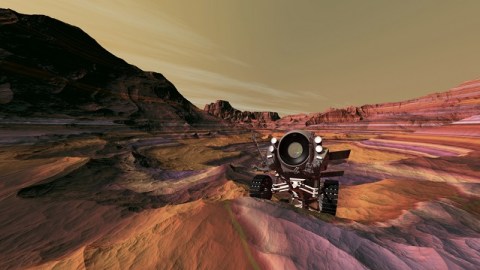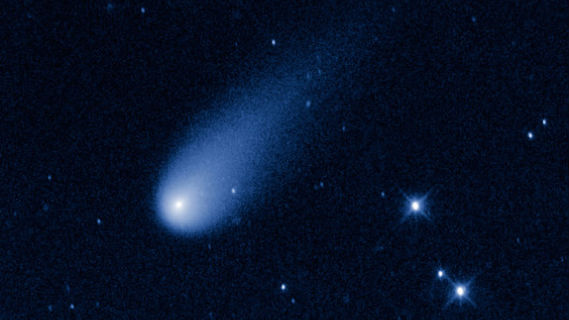The Ultimate Remote Control: Driving An Earth-Bound Rover From Space

What’s the Latest Development?
In two separate tests held on June 15 and July 26, International Space Station astronauts Chris Cassidy and Luca Parmitano took control of a NASA K10 rover prototype, moving it around a rock-strewn “roverscape” at the Ames Research Center in California. While Cassidy simply drove it around the area — about the size of two football fields — Parmitano directed the rover to deploy a simulated radio antenna. Terry Fong, director of the intelligent robotics group at Ames, says that the process is fairly simple: “Astronauts interact with the robots at a higher level, telling them where to go, and then the robot itself independently and intelligently figures out how to safely get there.”
What’s the Big Idea?
While Curiosity has been providing scientists with a wealth of new data about Mars, it still takes about 20 minutes for that data to reach Earth. Comparatively speaking, that’s pretty quick, but being able to control and receive data from a Curiosity-like rover from a point in orbit would be even better. According to NASA, the tests simulated a possible future mission in which a remote-controlled rover could install a radio telescope on the far side of the moon.
Photo Credit: Shutterstock.com





